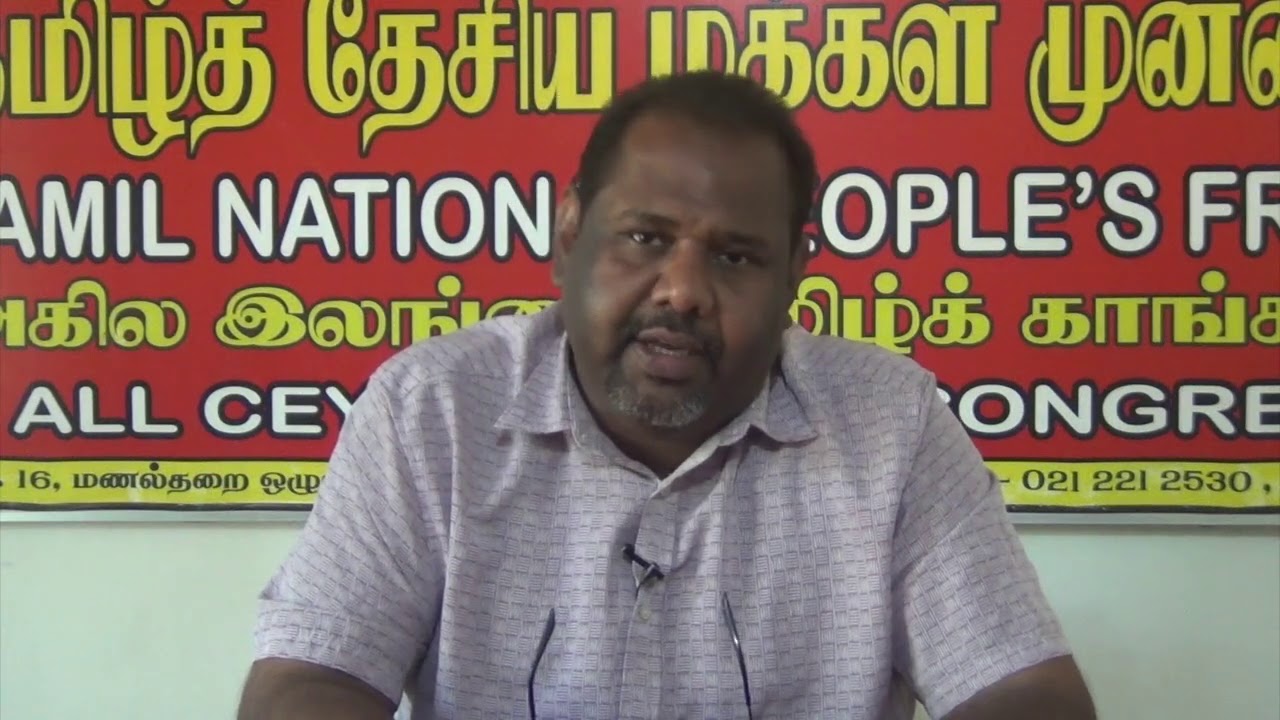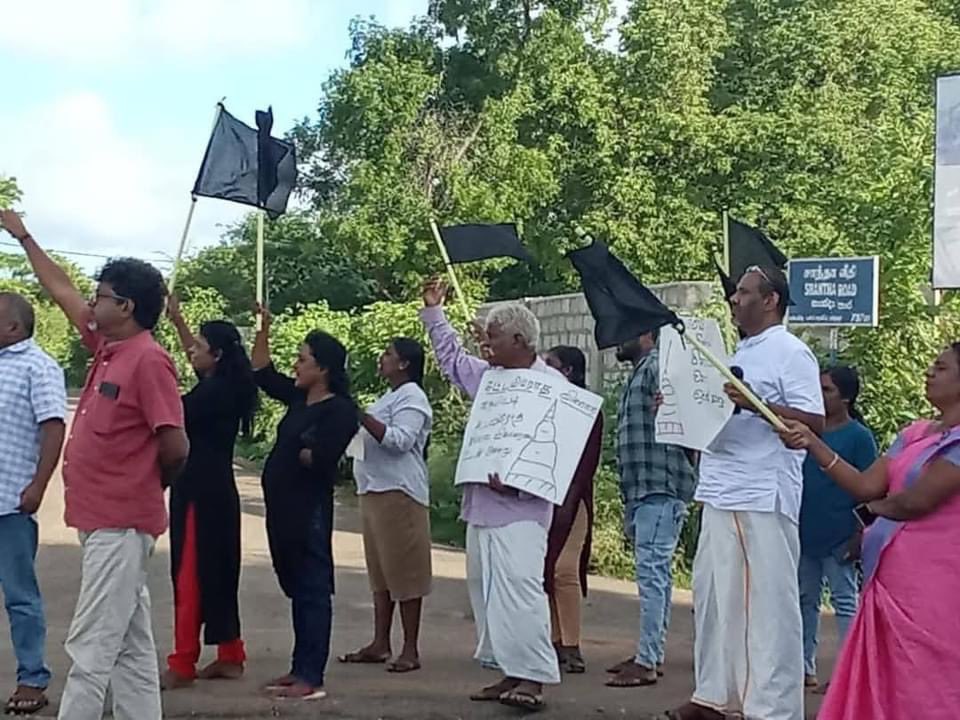
Speaking in Parliament yesterday, Gajendrakumar Ponnambalam MP said the Sri Lankan government’s commitment to inclusivity and anti-racism would be tested by how it handles the construction of an illegal Buddhist temple in Jaffna.
Ponnambalam began by referencing the oft-repeated call for a Sri Lankan identity free of ethnic divisions. However, he highlighted how the identity of Sri Lankan for the last 75 years has been usurped to a point where it has come to mean Sinhala Buddhist,” he said.
Ponnambalam pointed to Sri Lankan president Aruna Kumara Dissanayake’s acknowledgment in his policy statement that “racism that discriminates in the name of the majority” still exists.
Yet, Ponnambalam argued that addressing such deep-seated issues requires more than rhetoric. “That correction cannot happen just by simply saying that we must all think in terms of being Sri Lankan. Seventy-five years of racism, discrimination, and communalism has disadvantaged the Tamil people, the Muslim people, and the Upcountry Tamils to a point that we are forced to identify ourselves along those ethnic lines to get some sort of force of argument to compel the government of the day to try and correct this path.”

Tamils protesting outside the vihara last month.
The Tamil National People’s Front (TNPF) leader went on to challenge the government to demonstrate its commitment to anti-racism by resolving the controversy around the Tissa Raja Vihara, a Buddhist temple which was illegally constructed in Thaiyiddy, Jaffna.
The vihara, constructed by the military in Jaffna under the guise of a high-security zone, was built on six acres of privately owned land, despite unanimous opposition from local authorities.
“The original vihara has a particular plot of land – that land nobody disputes. If the military had decided to build a Buddhist temple in the original vihara land, there would be no complaint at all. But, instead, the military under the guise of high security zone chose to illegally take over six acres of privately owned land and they have built this temple.”
He tabled a 2023 report from the Divisional Secretariat, which confirmed the illegality of the construction. “That report very clearly states that the vihara has been built on private land and that it has been built without any permission from the local authority,” he said.
Ponnambalam added, “Despite being told it was an illegal construction, the military went ahead and built it.”
The parliamentarian went on to invoke Buddhist principles to highlight the injustice. “Lord Buddha would have never wanted an individual to be harmed. His entire policy, to my understanding, is that no harm must ever be done. Would his temple be built on the privately owned land of people who have no alternative land?”
He also countered accusations of Tamil animosity toward Buddhism. “There are so many vihara in the North and the East. Are we [Tamils] complaining about those vihara? In the height of the war, those vihara were not damaged. The Tamil people are not racist; they are not anti-Buddhist,” he said.
However, he condemned the use of Buddhism to justify illegalities. “In the name of Buddhism, when illegalities are done; when people are being discriminated against and disenfranchised; when the only land they own is taken away from them—that is not being Sri Lankan,” he declared.
He concluded with a challenge to the government: “This is the test I wish to put for this government. Let’s see what they do with this vihara that has, without any doubt, been built illegally.”
Watch his full address below.
